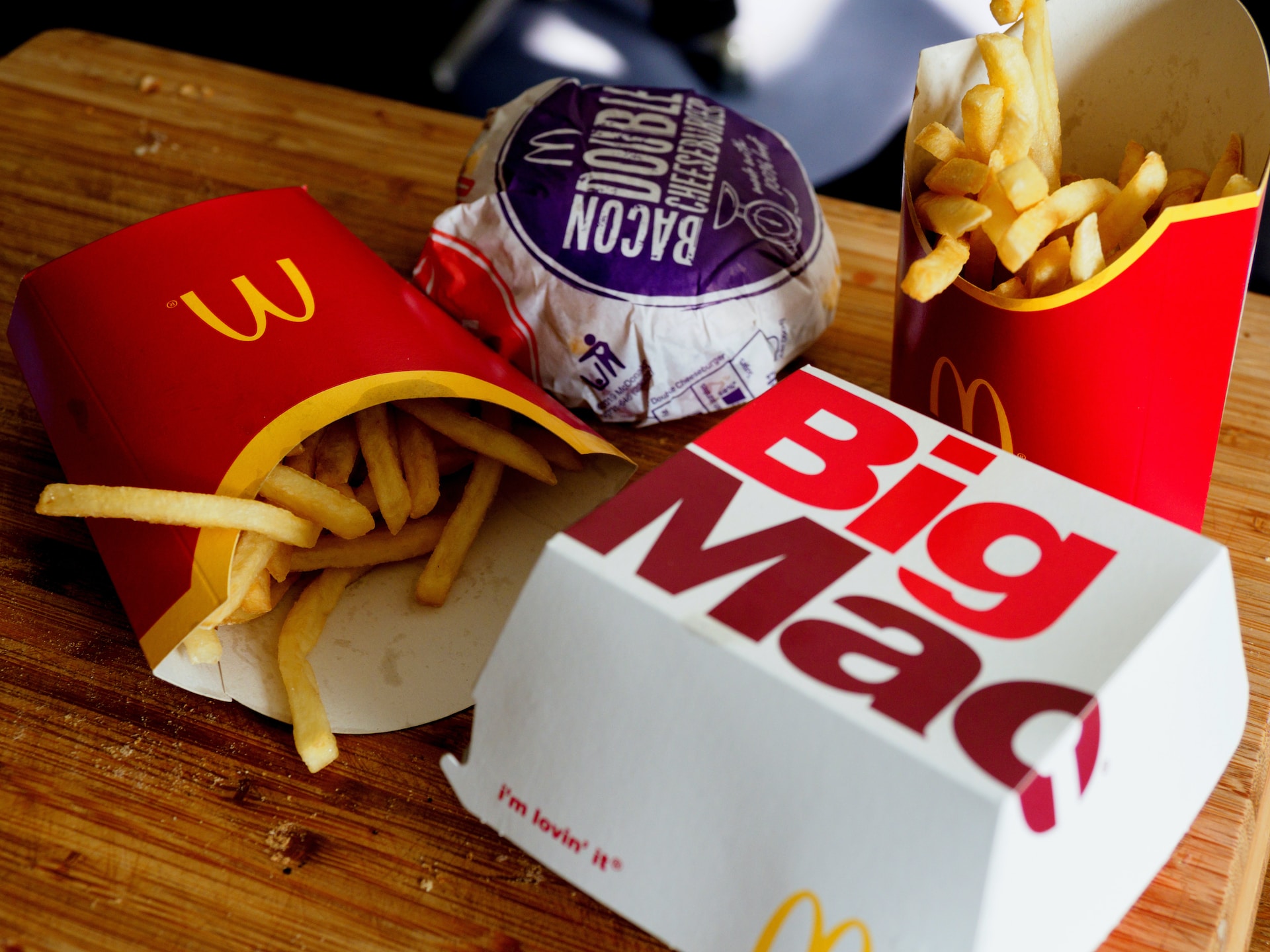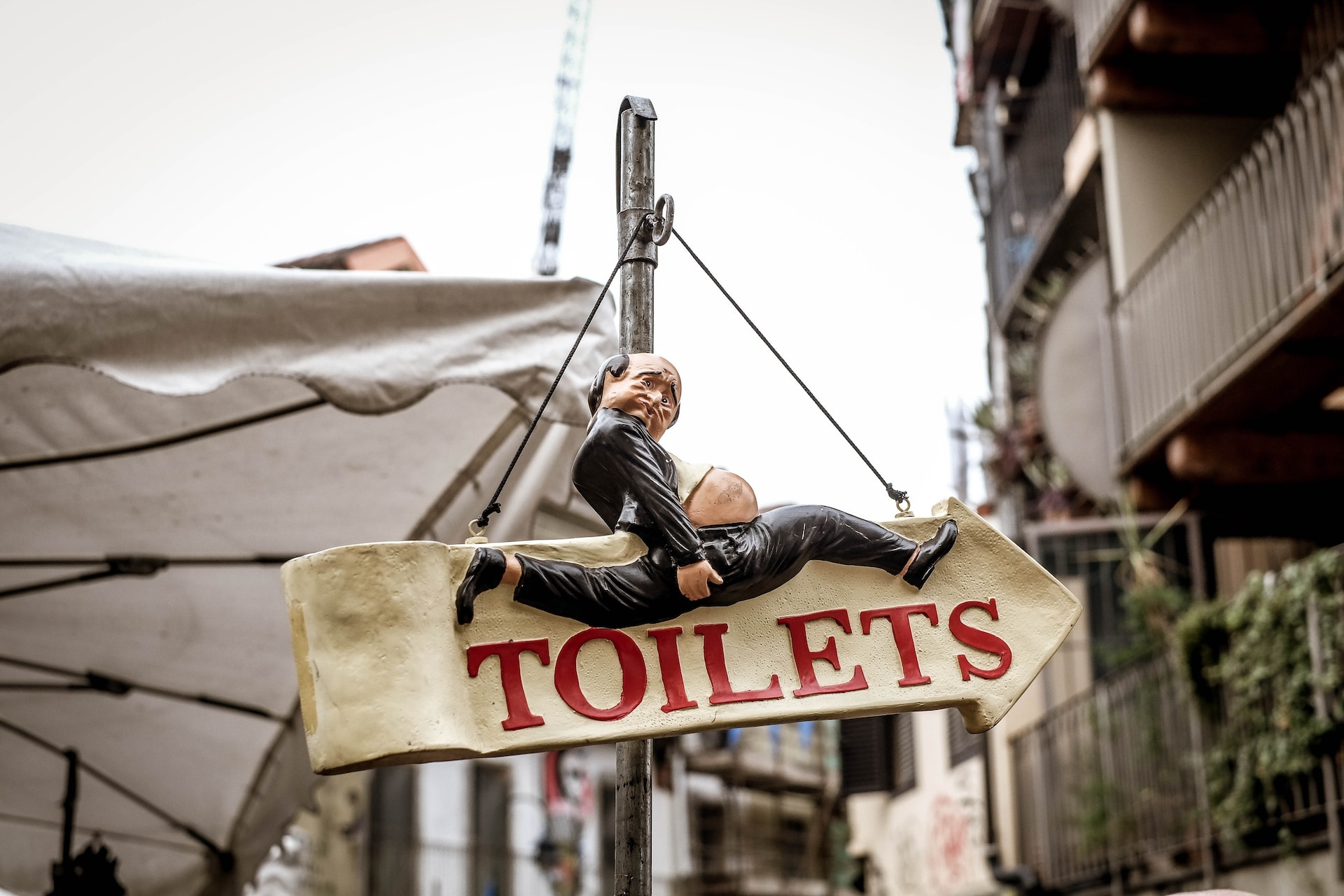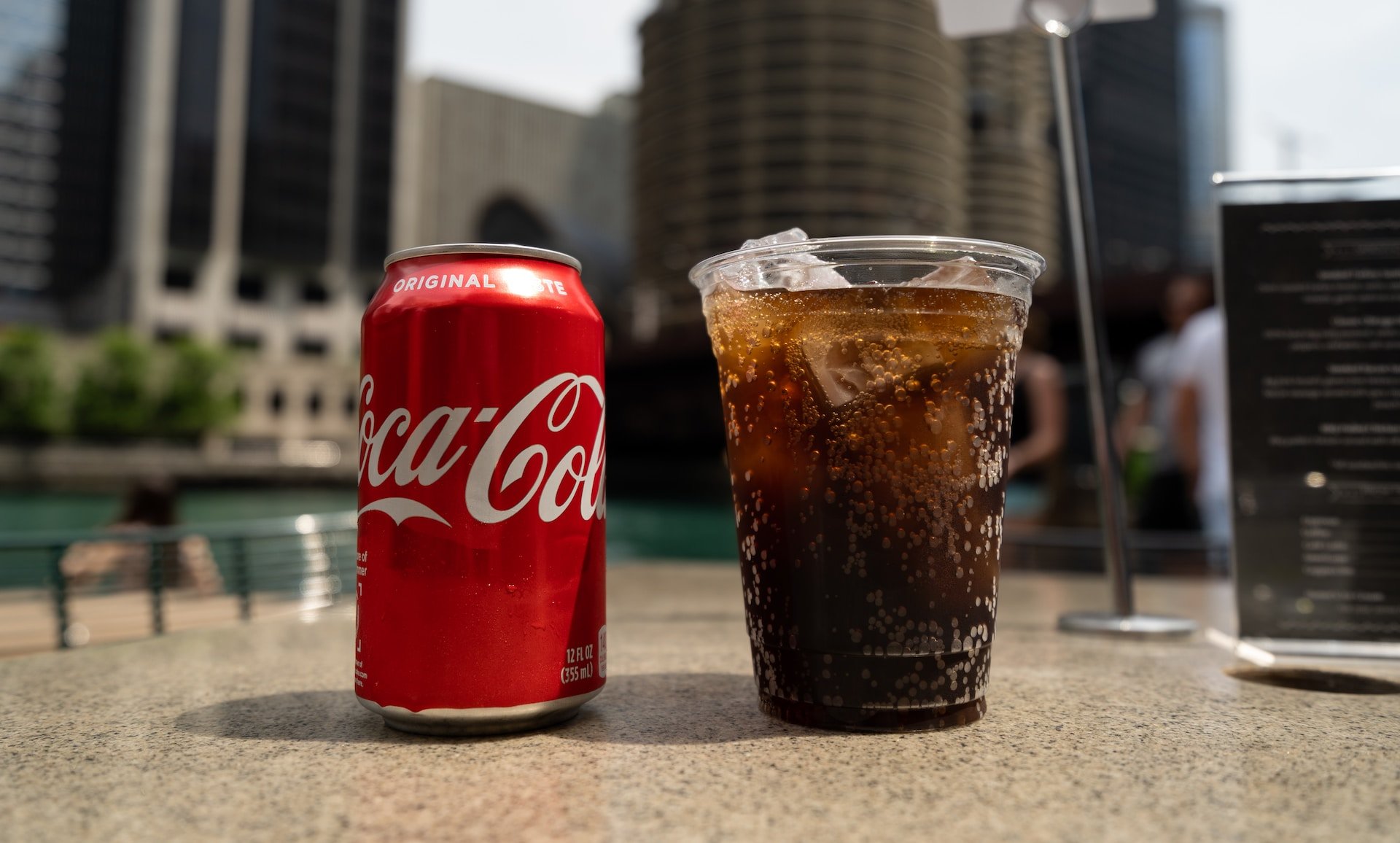Tributes poured in for the man who composed the music for about 500 films, including his old childhood friend Sergio Leone's 1966 spaghetti western 'The Good, the Bad and the Ugly' and Quentin Tarantino's The Hateful Eight', for which he won an Oscar in 2016.
IN HIS OWN WORDS: 'It was essential that I change my style for every film'
Morricone died in hospital where he was being treated for a fractured femur following a fall, according to a statement from lawyer and family friend Giorgio Assuma.
Morricone “passed away in the early hours of July 6 with the comfort of his faith”, the statement said.
He remained “fully lucid and with great dignity right until the end,” it added.
 Ennio Morricone conducting in 2016. Photo: Heikki Saukkomaa / Lehtikuva / AFP
Ennio Morricone conducting in 2016. Photo: Heikki Saukkomaa / Lehtikuva / AFP
Tributes began pouring in for the maestro soon after his death was announced.
“We will remember forever and with infinite gratitude the artistic genius of maestro Ennio Morricone,” Italian Prime Minister Giuseppe Conte said.
“He made us dream, he moved us and made us think, writing unforgettable notes that will remain forever in the history of music and cinema,” he said on Twitter.
Remembering Morricone in music: Ten of the Italian composer's greatest film scores
“With his soundtracks he helped greatly to spread and strengthen Italy's standing in the world,” said Italian President Sergio Mattarella. “With his soundtracks he helped greatly to spread and strengthen Italy's standing in the world.”
Italian actress Monica Bellucci said of Morricone that “there are people who have the ability to make the world better because they know how to create beauty,” while Gilles Jacob, the former head of the Cannes film festival, described him as the “emperor” of film music.
Famed Italian conductor Riccardo Muti called Morricone “a master for whom I nurtured friendship and admiration,” describing him as an “extraordinary musician” who could jump with ease from film scores to classical music.
Born in Rome on November 10th 1928, under the influence of his father – a professional trumpet player – Morricone began composing at the tender age of six. He would meet his future collaborator Leone at school, before at just 10 years old he enrolled in a trumpet programme at the prestigious Saint Cecilia conservatory.
He started out writing and arranging music for Italian pop singers, radio, TV and theatre before moving into film scoring, sometimes uncredited or under a pseudonym.
His film career began to take off in 1961, when he was 33, with a collaboration with director Luciano Salce in 'Mission Ultra-secrete' before going to gain fame with the score for Leone's 'A Fistful of Dollars' starring Clint Eastwood in 1964.
Before winning the Oscar for best film score in 2016, Morricone had been nominated no fewer than five times before the Academy of Motion Picture Arts and Sciences — embarrassed that such a talent had not been recognised sooner — presented him with a lifetime achievement award in 2007.
Morricone's previous nominations were for 'Days of Heaven' (1978), 'The Mission' (1986), 'The Untouchables' (1987), 'Bugsy' (1991) and 'Malena' (2000).
Although he is most closely associated in the public mind with Leone's westerns, Morricone's composition for Roland Joffe's Jesuit drama 'The Mission' is considered by many critics to be his cinematic masterpiece, an epic and eclectic reflection of South America's musical melting pot.
He also worked with some of cinema's most filmmakers: after his collaboration with Leone, he worked with Italian screen legends Federico Fellini and Pier Paolo Pasolini and later with the likes of Pedro Almodovar, Bernardo Bertolucci, Brian De Palma and Oliver Stone.
Lawyer Assuma read a final statement from Morricone outside the Rome hospital where he died, La Repubblica reported.
“There's only one reason why I want to say goodbye like this and have a private funeral — I don't want to bother anyone,” read the statement, which went on to express his love for his friends and family.







 Please whitelist us to continue reading.
Please whitelist us to continue reading.
Member comments